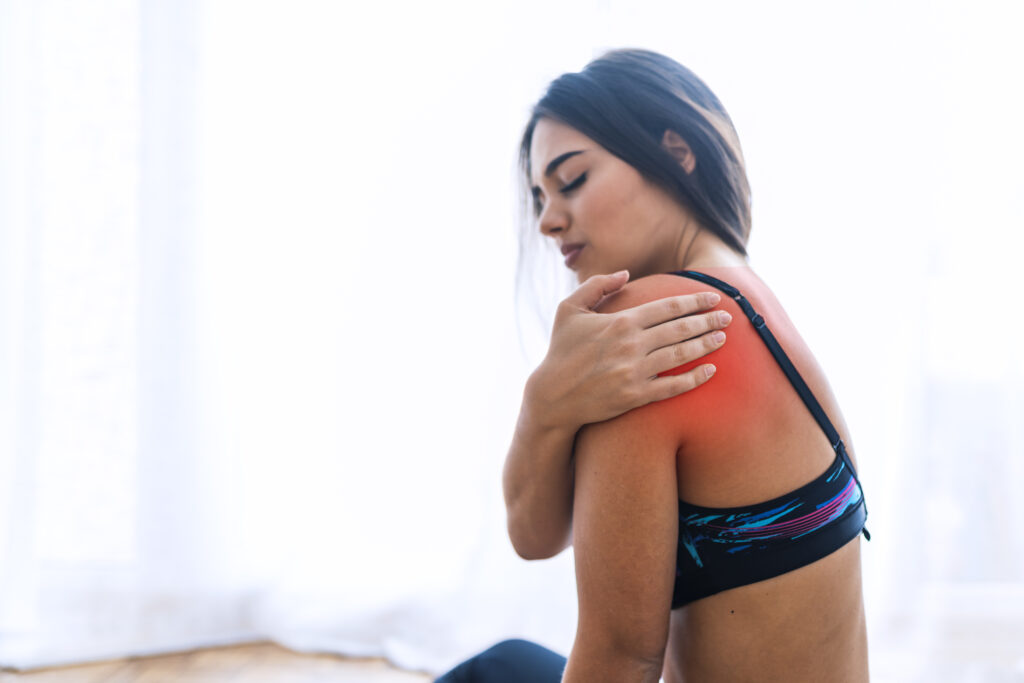Have you ever wondered how flexible you really are? Evaluating your current flexibility level is essential for tailoring your fitness routine effectively. Our quiz offers a simple yet insightful way to identify your strengths and areas that might need improvement. Whether you're a beginner or more experienced, understanding your flexibility could notably enhance your performance and reduce injury risks. So, why not take a moment to explore what your results might reveal about your body and how you can optimize your training? The insights could be more beneficial than you think.
Importance of Flexibility
Flexibility is essential for overall physical health and well-being, as it enhances your range of motion and reduces the risk of injuries. When your muscles and joints are flexible, daily activities become easier and more efficient. Think about bending down to tie your shoes or reaching for something on a high shelf; these simple tasks rely on your flexibility. Without it, you might find yourself struggling with movements that should be straightforward.
Moreover, improved flexibility can boost your athletic performance. Whether you're running, swimming, or practicing yoga, being more flexible allows for better technique and movement efficiency. This can lead to enhanced strength and endurance, giving you that extra edge in your workouts or sports. You'll notice that your body responds better to various physical challenges when you prioritize flexibility.
Another important aspect is how flexibility contributes to posture and alignment. Tight muscles can pull your body out of alignment, leading to discomfort and pain. By incorporating flexibility training into your routine, you not only alleviate tension but also promote better posture, which can improve your overall quality of life.
Lastly, flexibility exercises can also have a calming effect on your mind. Engaging in stretching routines or yoga can reduce stress and promote relaxation. As you breathe deeply and stretch, you're not just working on your physical body; you're nurturing your mental health too.
Understanding Your Flexibility Level
To improve your flexibility, it's essential to understand where you currently stand.
There are different types of flexibility, and measuring your own can help identify areas for growth.
Let's explore how you can assess your flexibility level and what it means for your fitness journey.
Types of Flexibility
Understanding the different types of flexibility is essential for tailoring your fitness routine to meet your goals. Flexibility can be categorized into three main types: static, dynamic, and functional.
Static flexibility refers to your ability to stretch a muscle to its farthest point and hold that position. Think of it as the flexibility you display when you perform stretches like touching your toes or holding a yoga pose. This type is vital for improving overall range of motion and preventing injuries.
Dynamic flexibility, on the other hand, involves moving parts of your body through their full range of motion while you're in motion. Activities like leg swings or arm circles showcase dynamic flexibility. This type is particularly beneficial for athletes, as it enhances performance and prepares your muscles for activity.
Lastly, functional flexibility combines both static and dynamic elements and focuses on movements you perform during daily activities or sports. It's about how well you can execute movements that require flexibility in real-life scenarios, such as squatting or bending.
Measuring Your Flexibility
Evaluating your flexibility level is essential for creating an effective fitness plan. By understanding where you stand, you can set realistic goals and track your progress.
Here are some straightforward methods to measure your flexibility:
- Sit and Reach Test: Sit on the floor with your legs straight. Reach forward toward your toes and measure how far you can go. This tests your hamstring and lower back flexibility.
- Shoulder Flexibility Test: Reach one arm over your shoulder and the other behind your back. Try to touch your fingers. This will help you assess shoulder flexibility.
- Hip Flexor Stretch Test: Stand and pull one knee to your chest. Measure the distance between your knee and your chest. This gives insight into your hip flexor flexibility.
- Dynamic Stretch Assessment: Perform a series of dynamic stretches and note any limitations. This reflects your range of motion during physical activity.
Overview of the Flexibility Quiz
The Flexibility Quiz is designed to help you assess your current range of motion and identify areas for improvement. By answering a series of targeted questions and performing simple movements, you'll gain insight into your flexibility levels in various parts of your body.
This quiz is suitable for everyone, regardless of your fitness background or experience. Whether you're a seasoned athlete or just starting your fitness journey, this quiz can provide valuable feedback.
As you complete the quiz, you'll encounter questions that focus on different muscle groups and movements. You'll be asked about your ability to reach, stretch, and perform specific tasks, which are all indicators of your flexibility.
The quiz isn't just about revealing what you can or can't do; it's an opportunity for you to reflect on your physical capabilities and set realistic goals.
Don't worry if you find certain movements challenging; the purpose of this quiz is to help you understand where you stand and where you can improve. After completing it, you'll have a clearer picture of your flexibility status, which can be a powerful motivator for your fitness journey.
How to Interpret Your Results
After completing the Flexibility Quiz, you'll want to take a closer look at your results to see what they really mean for your body. Your scores will provide valuable insights into your current flexibility levels, and understanding them can guide your next steps. Here's how to interpret your results effectively:
- Identify Strengths and Weaknesses: Review which areas you scored well in and where you fell short. This can help you recognize your natural flexibility strengths and areas that may need improvement.
- Set Realistic Goals: Based on your scores, set specific and achievable flexibility goals. Whether it's achieving a deeper stretch or improving your overall range of motion, having clear objectives will keep you motivated.
- Consider Your Lifestyle: Reflect on how your daily routines might impact your flexibility. If you sit for long periods or engage in repetitive movements, these factors might be contributing to your scores.
- Monitor Progress: Use your quiz results as a baseline. Reassess your flexibility periodically to track improvements or changes. This will help you stay accountable and adjust your routine as necessary.
Tips for Improving Flexibility
To boost your flexibility, it's essential to explore various stretching techniques that suit your needs.
Practicing consistently not only enhances your range of motion but also offers numerous benefits for your overall well-being.
Let's look at some effective methods you can incorporate into your routine.
Stretching Techniques to Try
Improving your flexibility can greatly enhance your overall performance in physical activities and daily tasks. To get started, try incorporating these effective stretching techniques into your routine:
- Static Stretching: Hold a stretch for 15-30 seconds. Focus on major muscle groups like hamstrings, quadriceps, and shoulders. This helps lengthen the muscle fibers.
- Dynamic Stretching: Engage in controlled movements that take you through your full range of motion. Leg swings or arm circles are great examples. This technique warms up your muscles and prepares them for activity.
- PNF Stretching (Proprioceptive Neuromuscular Facilitation): Partner up and take turns stretching each other. You'll contract the muscle, then relax and stretch deeper. This method can improve flexibility considerably.
- Yoga: Incorporate yoga sessions into your week. Poses like Downward Dog or Pigeon stretch multiple areas of your body, enhancing both flexibility and strength.
Benefits of Consistent Practice
Consistent practice of flexibility exercises not only enhances your range of motion but also contributes to overall physical health. When you commit to stretching regularly, you'll notice improvements in your posture, reducing the risk of injuries. Increased flexibility allows your muscles to work more efficiently, which can enhance your athletic performance and daily activities.
Moreover, stretching helps alleviate muscle tension and stress, promoting relaxation and mental clarity. You'll find that incorporating flexibility exercises into your routine can lead to better recovery after workouts, as it aids in reducing soreness and stiffness.
Furthermore, flexibility training can improve your balance and coordination, making movements smoother and more controlled. This is especially beneficial as you age, helping you maintain independence and mobility.
To reap these rewards, set aside time each day or week for your flexibility practice. Whether it's yoga, Pilates, or simple stretching routines, staying consistent is key.
Stretches and Exercises to Try
Regularly incorporating stretches and exercises into your routine can greatly enhance your flexibility. By dedicating just a few minutes each day, you'll feel more limber and experience less tension in your muscles.
Here are four effective stretches and exercises you should try:
- Standing Forward Bend: Stand with your feet hip-width apart. Inhale and raise your arms overhead, then exhale as you bend forward from your hips. Let your head hang and try to touch your toes. Hold for 30 seconds to deepen the stretch.
- Cat-Cow Stretch: Get on your hands and knees in a tabletop position. Inhale, arch your back, and lift your head and tailbone (Cow). Exhale, round your spine, and tuck your chin to your chest (Cat). Repeat for 5–10 cycles to increase spinal flexibility.
- Hip Flexor Stretch: Kneel on your right knee with your left foot in front, creating a 90-degree angle. Push your hips forward gently to stretch your right hip flexor. Hold for 30 seconds and switch sides.
- Seated Straddle Stretch: Sit on the floor with your legs spread wide apart. Lean forward slowly, keeping your back straight, and reach for your toes. Hold this position for 30 seconds, feeling the stretch in your hamstrings and inner thighs.
Incorporate these stretches into your daily routine to see improvements in your overall flexibility and mobility.
You'll be amazed at how much better you feel!
Maintaining Your Flexibility Progress
Maintaining your flexibility progress is just as important as the initial journey to achieve it. After putting in the hard work to increase your range of motion, it's essential to keep that progress intact. Regular practice is key. Incorporate stretching and mobility exercises into your daily routine, even if it's just for a few minutes. This consistency helps reinforce the gains you've made and prevents your muscles from tightening up.
Set realistic goals for your flexibility maintenance. Rather than expecting to stretch for an hour every day, aim for shorter sessions that fit your schedule. Try to dedicate at least 10-15 minutes daily to stretching. Consider mixing in different types of stretches, like dynamic stretches before workouts and static stretches afterward, to keep things fresh and engaging.
Listening to your body is critical. If you notice any tightness or discomfort, take a step back and adjust your routine. Don't push through pain; instead, modify your stretches or take a break when needed. You might also want to explore new activities that promote flexibility, such as yoga or Pilates, which can add variety and enhance your overall mobility.
Lastly, track your progress. Keeping a journal or using an app can help you monitor your flexibility journey, celebrate milestones, and stay motivated. By prioritizing these strategies, you can maintain your hard-won flexibility and enjoy the benefits for years to come.
Conclusion
By taking our flexibility quiz, you've taken a crucial step toward understanding your body's capabilities. Remember, flexibility is key to enhancing performance and reducing injury risk. Use your results to set achievable goals and incorporate the recommended stretches into your routine. Stay committed, and you'll see progress over time. Keep challenging yourself and celebrate your improvements along the way. Your journey to greater flexibility is just beginning—embrace it and enjoy the benefits!



